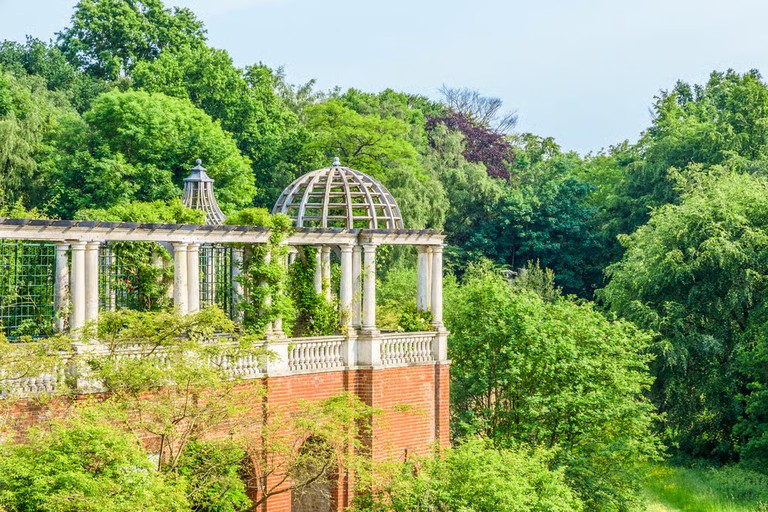Across London, a growing number of residents are turning to the city’s hidden garden pathways as a peaceful counterbalance to its famously fast-paced environment. These secluded routes, tucked between residential streets, historic buildings, and older park boundaries, offer a rare sense of quiet that is increasingly difficult to find in the heart of the capital. Walkers say the appeal lies in their ability to provide a moment of calm without requiring a long journey outside the city.
One such location gaining renewed attention is the Postman’s Park area, where shaded paths meander past memorial plaques and clusters of mature trees. Visitors describe it as an unexpectedly reflective space, sheltered from traffic noise and large crowds. The park’s narrow walkways encourage slow exploration, allowing people to pause, breathe, and appreciate the smaller details often overlooked during a typical London commute.
In West London, the gardens surrounding Holland Park have become a favourite for those seeking a more structured but equally tranquil experience. The wooded trails offer an immediate shift in atmosphere, creating a sense of distance from the surrounding neighbourhoods. Locals say the sound of rustling leaves and the sight of sunlight filtering through tall canopies make these paths especially popular during early mornings and late afternoons.
Further south, Dulwich’s network of leafy residential lanes provides a series of quiet routes ideal for low-intensity weekend walks. These paths weave through elegant homes, small squares, and tucked-away green spaces. Many residents say they appreciate the gentle pace the environment encourages, noting that the area’s charm lies in its understated beauty rather than expansive attractions.
Along the Regent’s Canal, walkers can experience a different form of tranquillity as the waterway guides them past moored boats, wildlife, and pockets of greenery that soften the urban surroundings. Although some stretches of the towpath can be busy, early mornings and weekday afternoons offer a calm backdrop for reflective strolls. Visitors often describe the canal routes as a retreat that blends nature with London’s architectural character.
Community groups across the capital have played a key role in preserving these pathways by organising clean-up events, planting native species, and campaigning for green maintenance funding. Local volunteers say that maintaining the health of these gardens ensures that residents have continued access to calm spaces that support mental wellbeing. These efforts reflect a shared desire to protect corners of nature within an ever-growing metropolis.
Urban planners have increasingly recognised the importance of quiet walking routes in promoting healthier lifestyles. Studies show that brief exposure to natural environments can reduce stress and improve focus, even in densely populated cities. As a result, some borough councils have begun mapping additional green corridors and identifying areas with potential for new pocket gardens, helping expand the network of peaceful spaces.
Walkers also appreciate that these hidden gardens offer opportunities to disconnect from digital distractions. Many have adopted them as regular routes for weekend routines or reflective breaks during the workday. Some describe the paths as essential breathing spaces—locations where they can regain perspective and temporarily step away from the demands of modern urban living.
With London’s population continuing to grow, local authorities and community advocates expect interest in these tranquil routes to increase further. Ensuring their preservation, accessibility, and visibility has become an ongoing priority. For now, the city’s hidden garden pathways remain cherished spaces that demonstrate London’s unique ability to pair natural beauty with metropolitan life.
